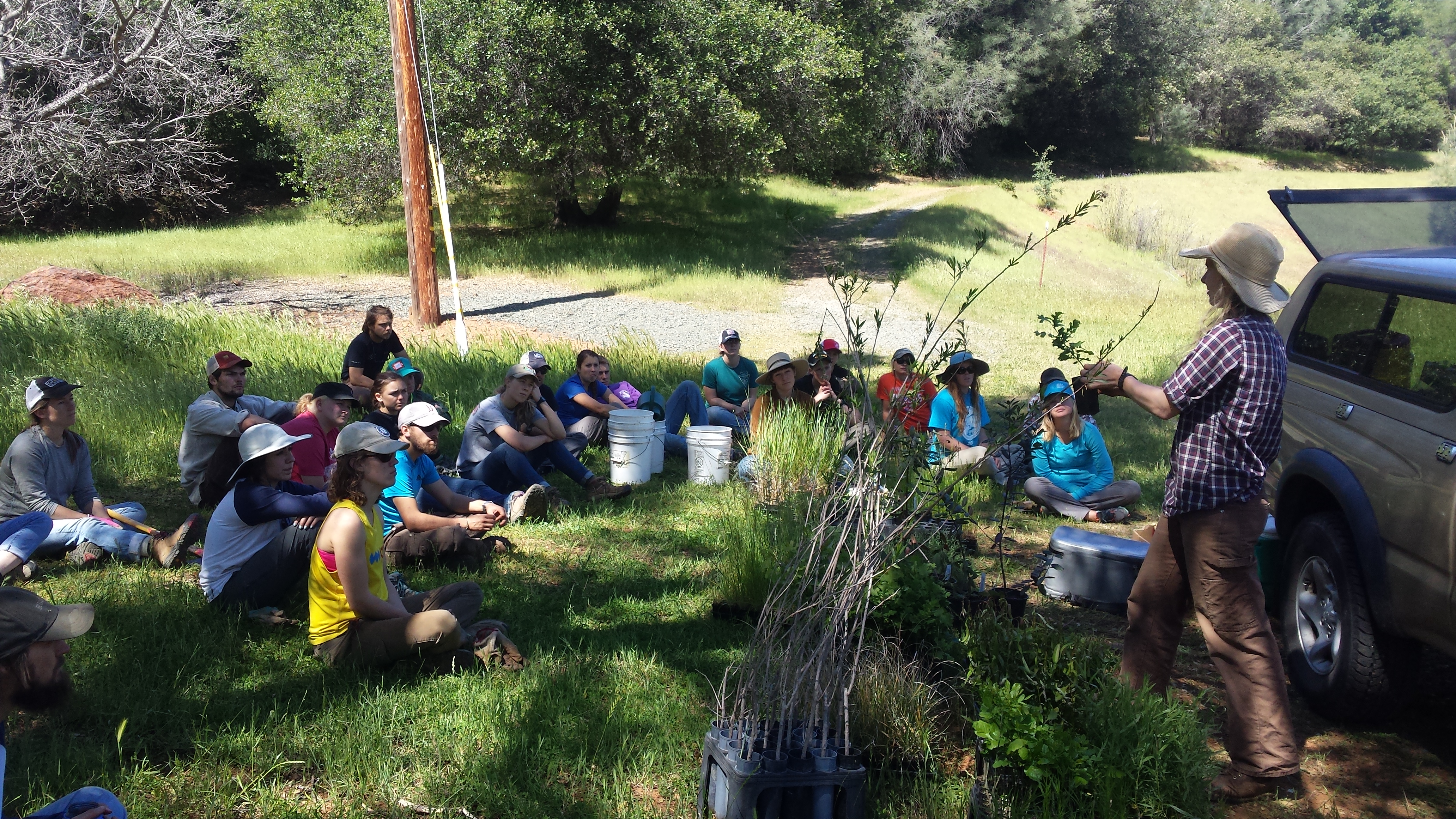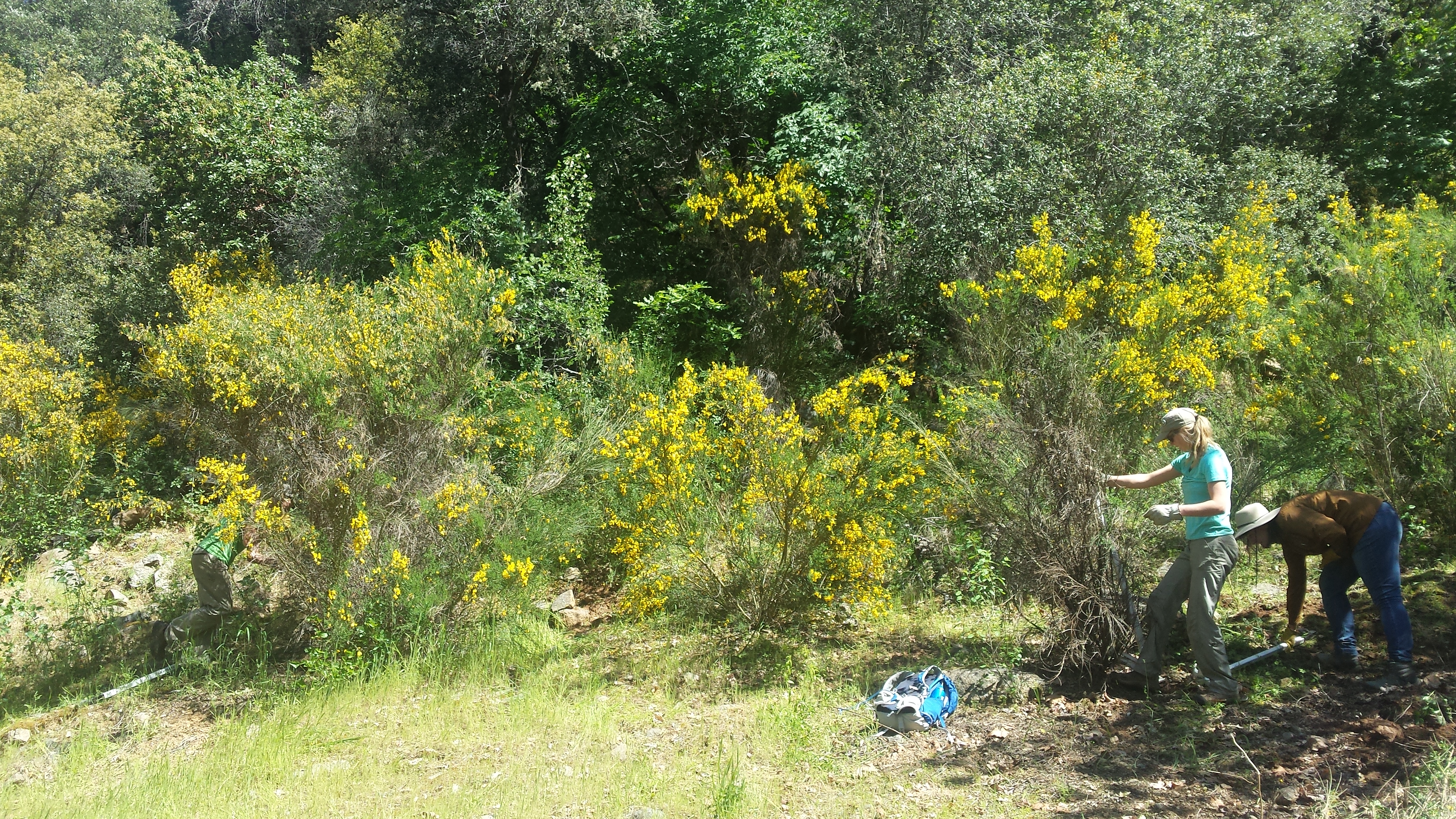Recent News
Climate Change
Climate change plan faces high-profile legal test
SF Gate, Associated Press, 4/15/15
Sierra Link: A rule proposed by the EPA last year is under fire. The rule would require states to cut carbon emissions by 30% by 2030 which some argue is unconstitutional. How will this ruling affect our energy options in the Sierra?
NPS and UC Berkeley Study Finds Wildfires Emit More Greenhouse Gases Than Assumed in California Climate Targets
Sierra Sun Times, Sarah Yang, 4/16/15
Sierra Link: A new study shows that California’s forest fires are contributing more to the state’s greenhouse gas emissions than expected. AB 32 assumed no net emissions for wildland ecosystems by 2020. Meeting the state greenhouse gas targets for 2020 might require a reconsideration of wildland management policies, especially in the Sierra.
Forestry
A year round fire season?
USFS, Robert Westover, 3/30/15
Sierra Link: With less winter and water comes more fire. The Sierra is a central location for both of those and the forest service is now predicting a year-round fire season until the 10-year drought in the West comes to an end.
Dry, warm conditions keep California's national forests parched
LA Times, Veronica Rocha, 4/20/15
Sierra Link: Warmer temperatures are drying the state out faster than normal. What could this mean for fire risk and tree disease in the Sierra?
Recreation
Rural counties to lose the most from defunded lands programs
High Country News, Sarah Tory, 4/8/15
Sierra Link: As Congress decides on funding each year for the Secure Rural Schools and Community Self-Determination Act (SRS) and Payment in Lieu of Taxes (PILT) rural communities in the Sierra and the western US are finding it difficult to make budget ends meet and may resort to other means of income, including more timber sales.
Will Squaw Alpine gondola hurt wilderness?
Reno Gazette-Journal, Benjamin Spillman, 4/20/15
Sierra Link: Although highly anticipated, a gondola connecting two popular ski areas may encroach on national wilderness. If approved, could this set a precedent for other parts of the Sierra?
Water
California farmers mount PR campaign to counter backlash over water use
Merced-Sun Star, David Siders and Dale Kasler, 4/9/15
Sierra Link: California farmers are getting a lot of media attention for using 80% of California’s water. The issue is contentious because by using 80% of California’s water, they are also providing 60% of the US’s fruit and vegetables.
State regulators: California water use will never be the same
The Sacramento Bee, Tony Bizjak, 4/9/15
Sierra Link: The state’s water use is going to drastically change this year and if water agencies don’t take appropriate steps to reduce water usage they could be fined up to $10,000 a day both of which could affect us all.
Wildlife
UC Davis Releases California Roadkill “Hot Spots" Interactive Map
Sierra Sun Times, 4/19/15
Sierra Link: This recently released interactive map shows parts of the Sierra and California including hot spots for roadkill. The information could help highway planners take more measures to protect drivers and wildlife – including some new wildlife crossing structures.
No U.S. protection for sage grouse
Reno Gazette-Journal, Scott Sonner, 4/21/15
Sierra Link: According to Interior Secretary, Sally Jewell, the Mono Basin sage grouse is no longer threatened thanks to agreements with ranchers to conserve land and other improvements in the bird’s habitat. How will this decision affect Sierra conservation efforts by ranchers and others as well as currently protected land?
Other Articles
A rural utility bucks against its power supplier
High Country News, Kate Schimel, 4/2/15
Sierra Link: With California facing upcoming GHG emission targets, this small town in Colorado could become a case study for small communities in the Sierra.



